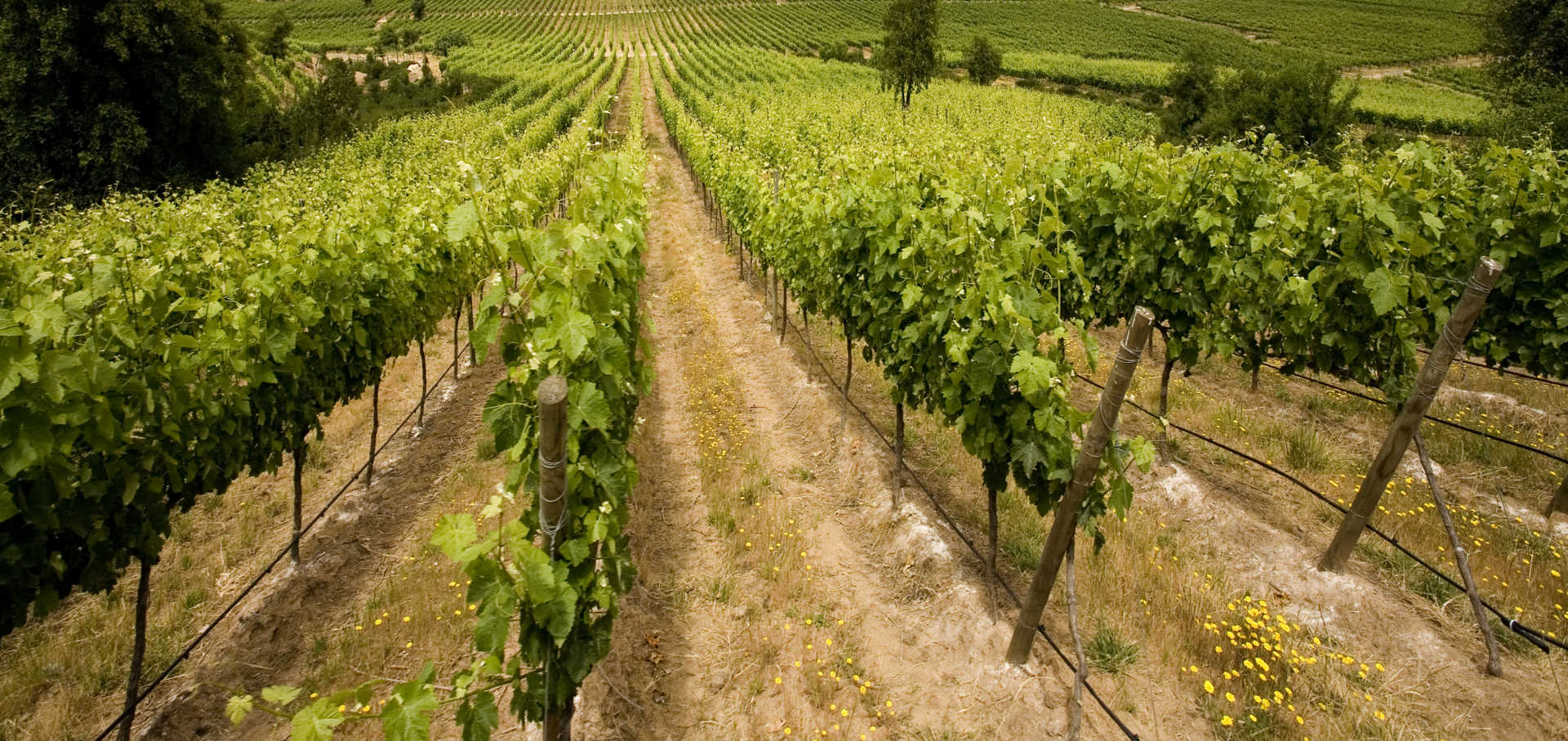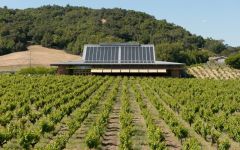Ridge Geyserville 2013
-
Robert
Parker




Product Details
Your Rating
Somm Note
Winemaker Notes
Blend: 73% Zinfandel, 17% Carignane, 9% Petite sirah, 1% Mataro (Mourvedre)
Professional Ratings
-
Robert Parker's Wine Advocate
Made from 73% Zinfandel, 17% Carignan, 9% Petite Sirah and a splash of Mourvèdre, the 2013 Geyserville Proprietary Red Wine is a sexy, voluptuous, concentrated and hedonistic beauty that offers tons of plum, licorice, roasted herbs and leather like aromas and flavors. One of the more ripe and decadent wines in the lineup, it has the mid-palate depth and concentration to evolve for 15+ years.
Other Vintages
2021-
Wilfred
Wong -
Wine &
Spirits -
Wine
Enthusiast -
Jeb
Dunnuck -
Wine
Spectator
-
Wilfred
Wong - Decanter
-
Tasting
Panel -
Wine &
Spirits -
Wine
Spectator - Vinous
-
Tasting
Panel - Vinous
-
James
Suckling -
Wine &
Spirits -
Wilfred
Wong -
Wine
Spectator
-
Robert
Parker -
Jeb
Dunnuck -
Wine &
Spirits -
Wine
Spectator -
Connoisseurs'
Guide
-
Wilfred
Wong -
Robert
Parker -
James
Suckling -
Connoisseurs'
Guide -
Jeb
Dunnuck
-
James
Suckling -
Jeb
Dunnuck -
Robert
Parker
-
Connoisseurs'
Guide -
Wilfred
Wong -
Wine
Spectator
-
Robert
Parker -
Wilfred
Wong
-
Robert
Parker - Decanter
-
Wine
Enthusiast
-
Robert
Parker
-
Connoisseurs'
Guide -
Jeb
Dunnuck -
Robert
Parker
-
Connoisseurs'
Guide -
Wine
Spectator -
Robert
Parker
-
Wine &
Spirits -
Wine
Spectator -
Connoisseurs'
Guide
-
Connoisseurs'
Guide -
Jeb
Dunnuck
-
Connoisseurs'
Guide
-
Connoisseurs'
Guide
-
Robert
Parker
-
Wine
Spectator -
Robert
Parker
-
Robert
Parker -
Jeb
Dunnuck
-
Wine
Spectator
-
Robert
Parker -
Wine
Spectator
-
Robert
Parker







Ridge's history begins in 1885, when Osea Perrone, a doctor and prominent member of San Francisco's Italian community, bought 180 acres near the top of Monte Bello Ridge in the Santa Cruz Mountains. He planted vineyards and constructed a winery of redwood and native limestone in time to produce the first vintage of Monte Bello in 1892. The historic building now serves as the Ridge production facility.
Though Ridge began as a Cabernet winery, by the mid-60s, it had produced several Zinfandels including the Geyserville. In 1972, Lytton Springs joined the line-up and the two came to represent an important part of Ridge production. Known primarily for its red wines, Ridge has also made limited amounts of Chardonnay since 1962.
The Ridge approach is straightforward: find the most intense and flavorful grapes, guide the natural process, draw all the fruit's richness into the wine. Decisions on when to pick, when to press, when to rack, what varietals and what parcels to include and when to bottle, are based on taste. To retain the nuances that increase complexity, Ridge winemakers handle the grapes and wine as gently as possible. There are no recipes, only attention and sensitivity.

With hundreds of red grape varieties to choose from, winemakers have the freedom to create a virtually endless assortment of blended red wines. In many European regions, strict laws are in place determining the set of varieties that may be used, but in the New World, experimentation is permitted and encouraged resulting in a wide variety of red wine styles. Blending can be utilized to enhance balance or create complexity, lending different layers of flavors and aromas. For example, a red wine blend variety that creates a fruity and full-bodied wine would do well combined with one that is naturally high in acidity and tannins. Sometimes small amounts of a particular variety are added to boost color or aromatics. Blending can take place before or after fermentation, with the latter, more popular option giving more control to the winemaker over the final qualities of the wine.
How to Serve Red Wine
A common piece of advice is to serve red wine at “room temperature,” but this suggestion is imprecise. After all, room temperature in January is likely to be quite different than in August, even considering the possible effect of central heating and air conditioning systems. The proper temperature to aim for is 55° F to 60° F for lighter-bodied reds and 60° F to 65° F for fuller-bodied wines.
How Long Does Red Wine Last?
Once opened and re-corked, a bottle stored in a cool, dark environment (like your fridge) will stay fresh and nicely drinkable for a day or two. There are products available that can extend that period by a couple of days. As for unopened bottles, optimal storage means keeping them on their sides in a moderately humid environment at about 57° F. Red wines stored in this manner will stay good – and possibly improve – for anywhere from one year to multiple decades. Assessing how long to hold on to a bottle is a complicated science. If you are planning long-term storage of your reds, seek the advice of a wine professional.

Nearly a northern extension of Napa Valley, Alexander Valley starts just north of the small, Knights Valley, and is just a few minutes drive from the Napa town of Calistoga. It is Sonoma County’s hottest AVA. But the Russian River, which runs through the valley, creates cooler pockets and its soft, alluvial soil is ideal for grape growing, especially Cabernet Sauvignon. In fact, some believe that Alexander Valley Cabernets truly rival the best from Napa Valley and many of the heavy-hitter producers have largely invested here.
In addition to Cabernet Sauvignon, which makes up over 50% of plantings, Merlot and old vine Zinfandel thrive here. Ample, fleshy Chardonnay and Sauvignon Blanc dominate white wine production. Some old-vine plantings of Grenache have also been discovered and more recent experiments with Sangiovese and Barbera show great promise.
